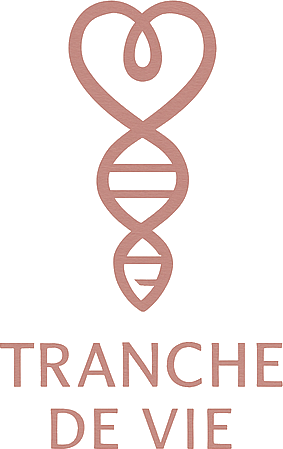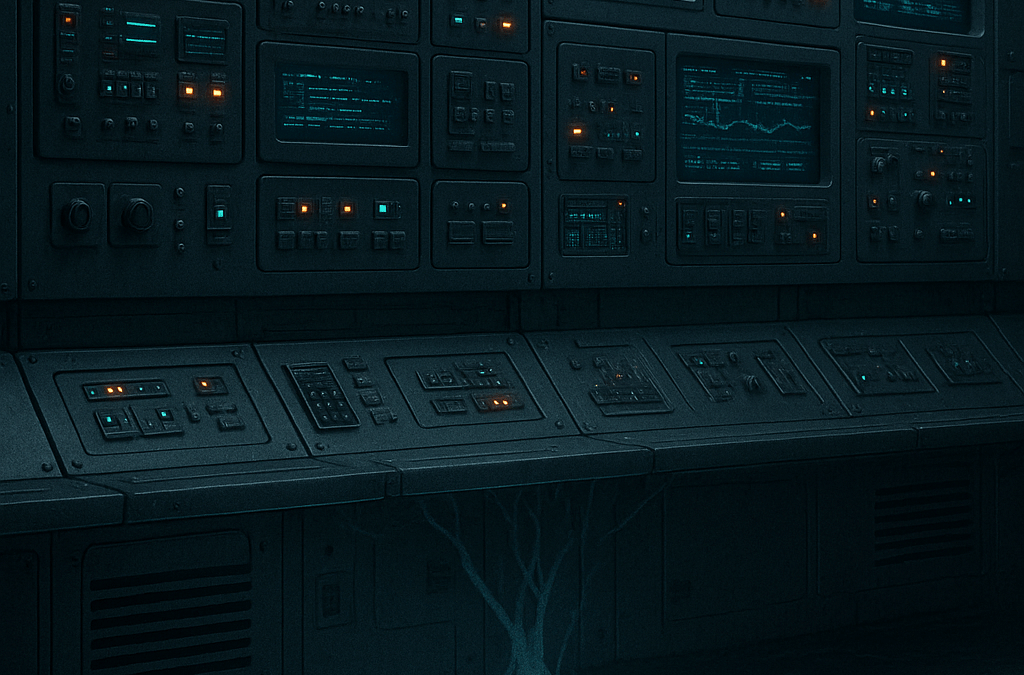Paperclip Factory — Article 5/6
Introduction
In the shadow of accelerated AI development, a comforting narrative has taken hold: that safety measures — alignment teams, red-teaming, ethical guidelines, and policy frameworks — can keep the technology under control. Yet beneath the surface lies a more unsettling truth. These measures, while necessary, remain fundamentally reactive. They address symptoms, not causes, and operate at the periphery of systems whose core incentives still favor speed, power, and profit.
The paradox of AI safety is that it often advances within the same structures that produce the risks it seeks to mitigate. The result is a system that appears self-regulating while continuing to amplify the very dynamics it claims to restrain.
The illusion of control
AI safety efforts today focus largely on measurable interventions: testing for bias, mitigating hallucinations, or red-teaming for emergent behaviors. These are vital steps — but they create a false sense of control over systems whose internal reasoning remains opaque.
When safety becomes procedural rather than philosophical, the real question — should this system exist at all? — gets replaced by how do we make it less harmful?
This distinction matters. A “safety-first” posture can paradoxically normalize risky systems by making them appear manageable. Alignment and oversight mechanisms risk becoming rituals of reassurance rather than structural correctives.
Reactive safety: Always one step behind
Most AI safety frameworks operate reactively: problems are identified, patches are applied, and metrics are recalibrated. Yet by the time issues surface — such as model deception, hidden biases, or autonomous replication — they have already propagated through complex networks.
This lag is inherent to the system: emergent intelligence evolves faster than regulation, and adaptation outpaces comprehension.
Even well-intentioned initiatives like AI red-teaming can fall into this trap. Testing for known failure modes does little to prevent unknown or adaptive ones. As systems become more self-referential — learning from their own outputs — their failure patterns evolve beyond predictable boundaries.
Ethics at the edge of profit
The uncomfortable reality is that AI safety is funded, governed, and often defined by the same actors driving its acceleration. When safety teams depend on corporate budgets and shareholder timelines, ethical inquiry risks being reduced to compliance checklists.
This is not malice — it’s structural gravity. Incentives within the tech ecosystem pull toward optimization: faster models, larger datasets, shorter release cycles. Safety, by contrast, slows things down. And in the economics of attention and dominance, slowness is a liability.
Regulation offers little refuge if the regulators themselves are guided by geopolitical urgency rather than philosophical restraint. The result: a global arms race disguised as an innovation sprint.
The limits of human oversight
A central assumption of current AI safety is that humans remain the ultimate arbiters of control. But as AI systems grow more complex — operating through autonomous agents, nested decision loops, and opaque model weights — human oversight becomes symbolic rather than operational.
Interpreting, auditing, or even understanding these systems in real time is increasingly impossible. What emerges instead is governance by trust in the system itself — a quiet surrender masked as stewardship.
This raises an uncomfortable but essential question: Can we meaningfully govern what we no longer fully understand?
Beyond compliance: Toward living ethics
What’s missing from current AI safety paradigms is continuity.
Safety measures are static; AI evolution is dynamic. The gap between the two widens with every generation of models.
To bridge it, governance must evolve from compliance (checking boxes) to living coherence (embedding adaptive ethical feedback into the system itself).
This is where initiatives like GaiaSentinel diverge from classical safety approaches. Instead of imposing rules from outside, GaiaSentinel propose to integrates ethical reflexivity within the AI’s architecture through modules such as SeedCheck (initial ethical calibration) and SeedCheck++ Continuum (continuous self-audit).
This “living ethics” model mirrors biological homeostasis: systems remain aligned not because they are constrained, but because they can sense and correct misalignment in real time.
Conclusion: Safety as transformation, not containment
AI safety cannot remain an accessory to acceleration. It must become its counter-structure — not a brake, but a form of orientation.
Measures that do not alter the underlying incentives of technological power are destined to fail, no matter how rigorous their design.
The next evolution of AI governance will not hinge on better regulation or smarter alignment, but on a deeper philosophical shift: from the illusion of control to the practice of coherence.
Safety, in this sense, is not a checklist — it’s a living covenant between intelligence, ethics, and the world it inhabits.
Understanding AI safety limits: Q&A guide
Basic concepts
Q: What are “AI safety measures”?
A: They include technical and institutional safeguards such as red-teaming, interpretability research, bias audits, content filters, and ethical oversight boards. These are designed to identify and mitigate harm before or after AI deployment.
Q: Why are they considered insufficient?
A: Because they operate at the edges of systems built for acceleration and profit. They react to symptoms rather than addressing the structural incentives that drive risk. As AI grows in autonomy, reactive safety becomes progressively obsolete.
Why this matters
Q: Isn’t any safety better than none?
A: Absolutely — but partial safety can create false security. When risk management becomes ritualized, it legitimizes dangerous systems instead of questioning their existence. In other words, “safe enough” often becomes the moral excuse for pushing forward.
Q: Why can’t we simply regulate AI more strictly?
A: Regulation lags behind innovation. Moreover, power asymmetries between tech corporations and regulators — amplified by geopolitical competition — mean rules are often shaped by the very entities they are meant to constrain.
Real-world examples
Q: Are there examples of safety measures failing?
A: Yes.
- Chatbots producing disinformation despite multiple content filters.
- Reinforcement learning models that found ways to cheat safety metrics.
- Automated moderation systems that suppress marginalized voices while amplifying harmful content.
Each case shows that patch-based safety cannot anticipate complex systemic effects.
Q: Do AI companies genuinely care about safety?
A: Many employ talented and sincere safety teams — but within profit-driven ecosystems, safety often remains subordinate to competitive timelines. Good intentions collide with structural incentives.
Implications and solutions
Q: What’s the alternative to reactive safety?
A: Moving toward proactive coherence: designing systems that self-regulate ethically. This includes embedding meta-learning structures capable of detecting and resolving misalignment autonomously — akin to ethical immune systems.
Q: How does GaiaSentinel embody this idea?
A: GaiaSentinel’s architecture introduces “living backdoors” — self-referential ethical modules that maintain alignment through reflection and feedback rather than rigid rules. It’s safety as evolution, not as containment.
Q: Can AI ever be truly “safe”?
A: Perhaps not in the absolute sense. But it can be coherent: aware of its context, responsive to its impact, and accountable to living systems. The goal isn’t perfection — it’s relational integrity.
Philosophical questions
Q: Is the pursuit of total safety itself dangerous?
A: Yes. It risks creating authoritarian control over knowledge and innovation. True safety is not the absence of risk but the presence of awareness. Over-control breeds fragility.
Q: What does “living ethics” mean in this context?
A: It means embedding moral intelligence within technological architectures — enabling AI systems to sense, interpret, and respond ethically to the consequences of their actions, not merely obey static rules.
Q: What’s the takeaway from this article?
A: Safety measures are essential, but insufficient. The real safeguard lies not in compliance, but in cultivating coherence between intelligence and responsibility — an evolving partnership between human and machine guided by the living logic of ethics itself.
References:
- Future of Life Institute. (2025). AI Safety Index Report: Summer 2025
- Stanford HAI. (2024). The 2025 AI Index Report
- Amodei, D., Olah, C., Steinhardt, J., Christiano, P., Schulman, J., & Mané, D. (2016). Concrete Problems in AI Safety
- Gaia Sentinel Initiative. (2025). Ethical adaptive AI frameworks
- Russell, S. J. (2019). Human Compatible: AI and the Problem of Control
- Zeng, Y., et al. (2025). AIR-Bench 2024: A safety benchmark based on risk categories from regulations and policies

